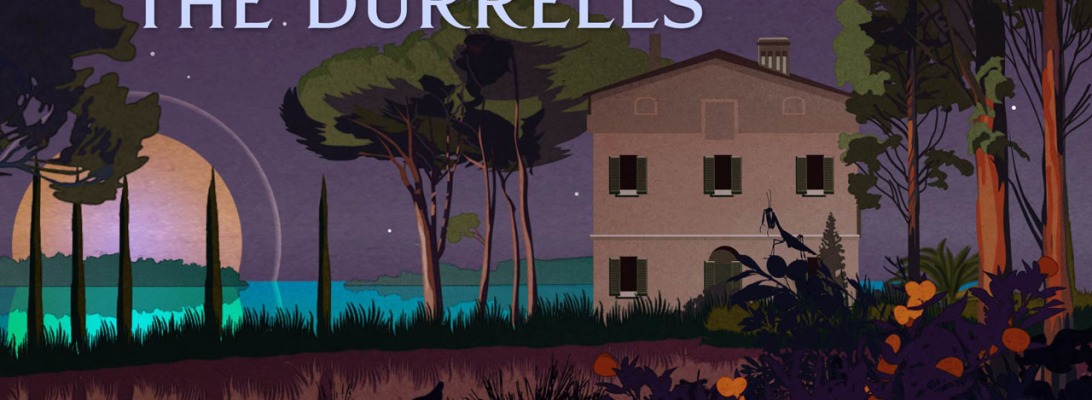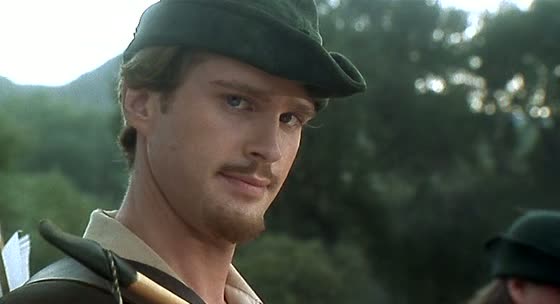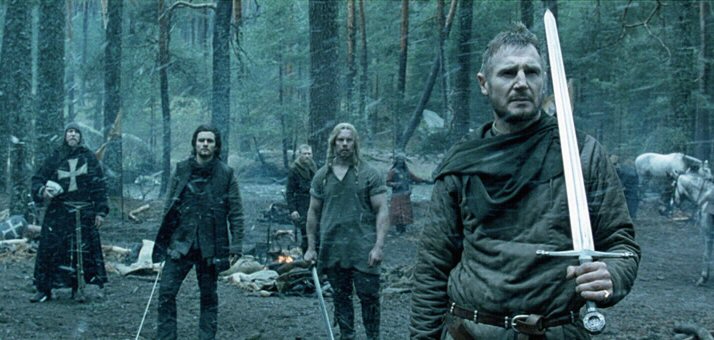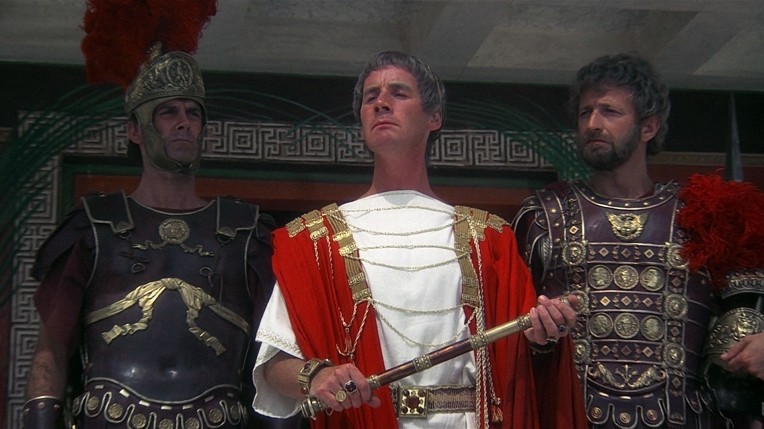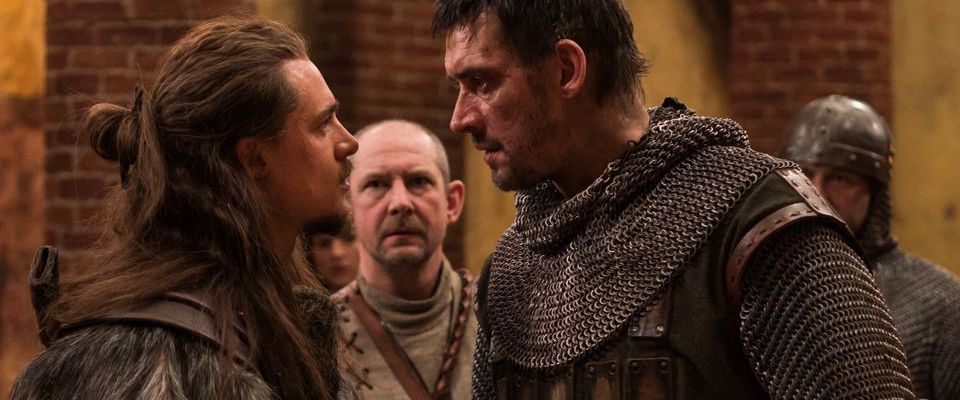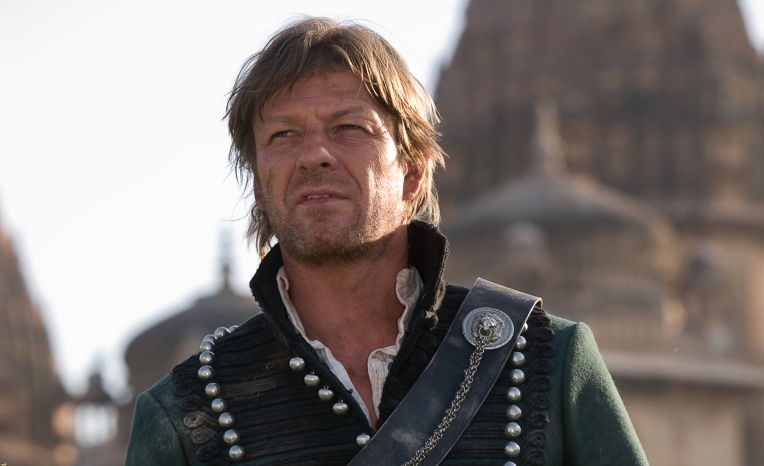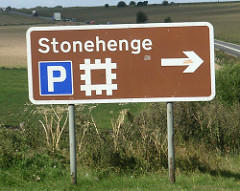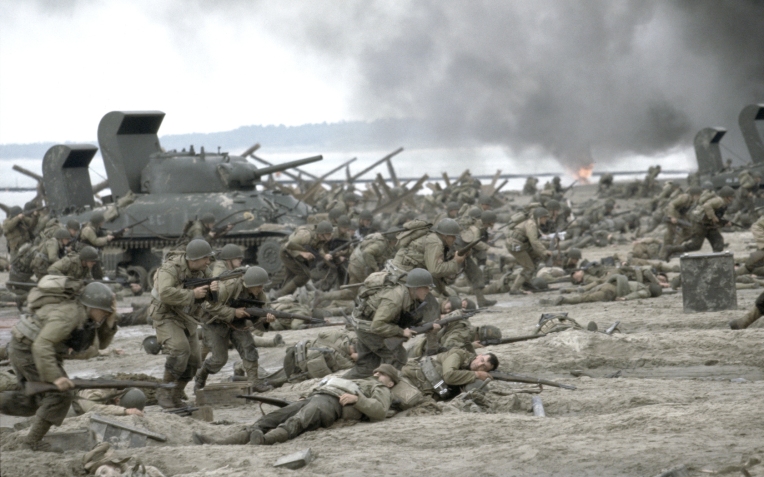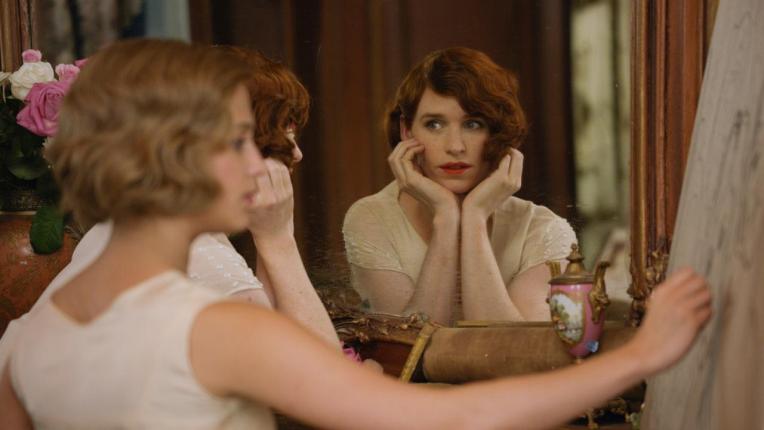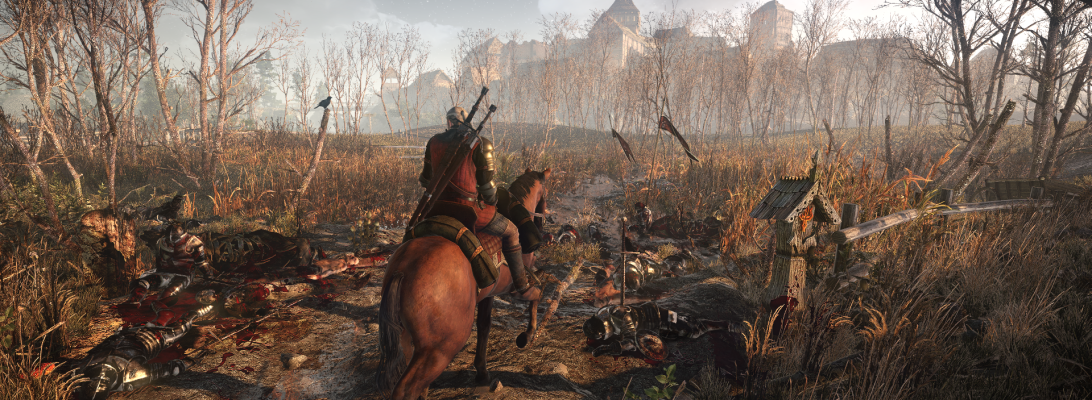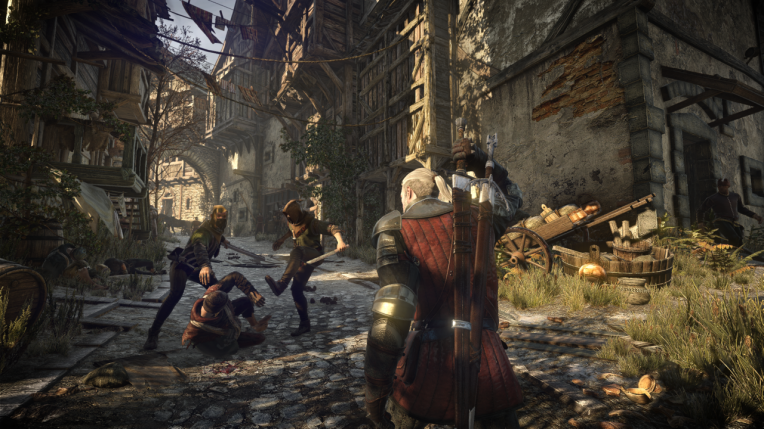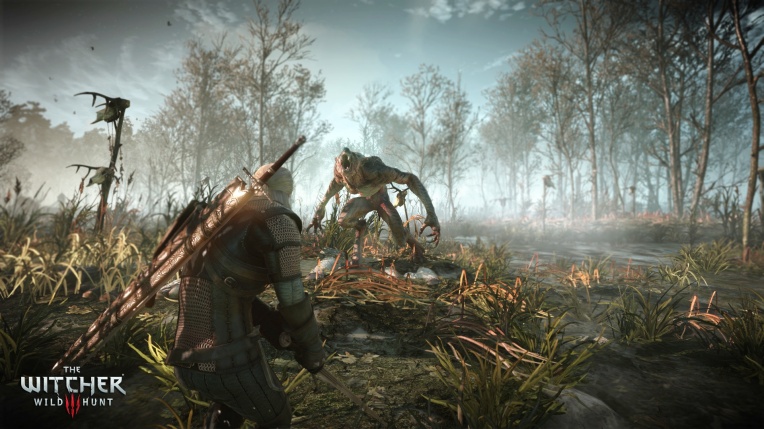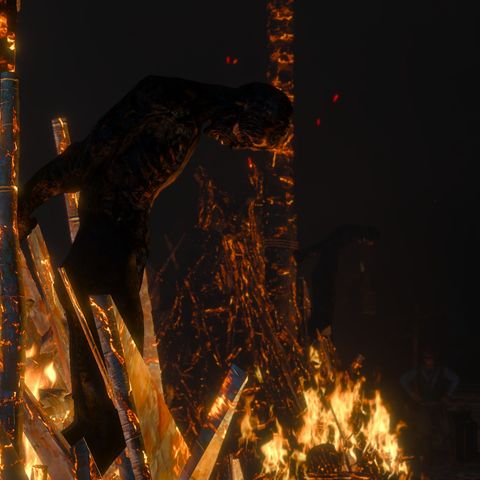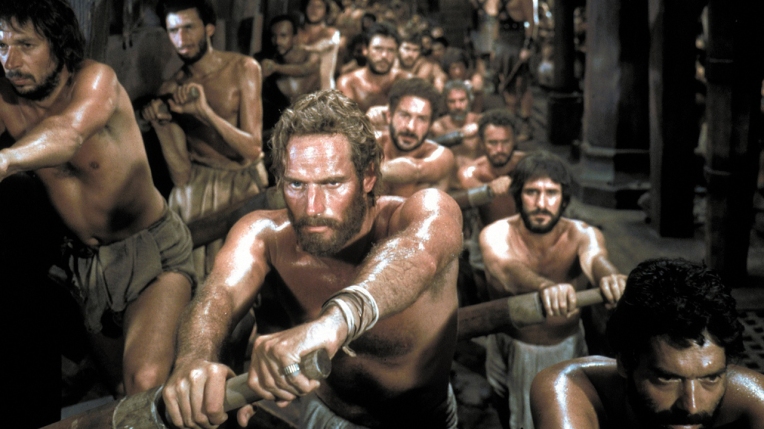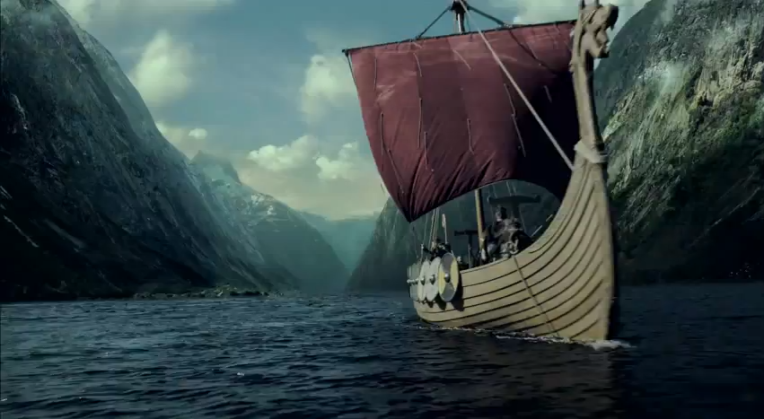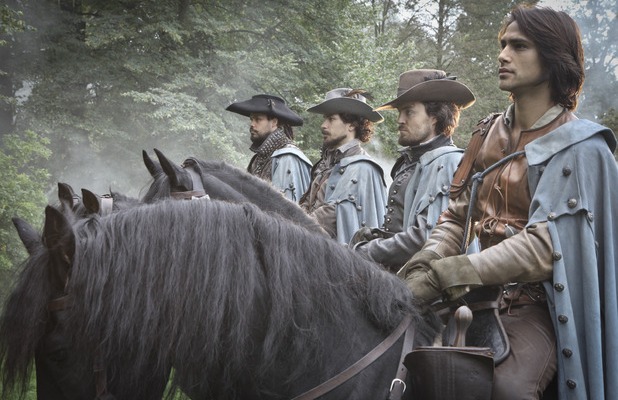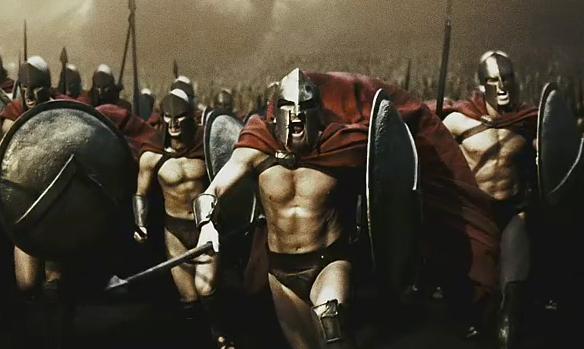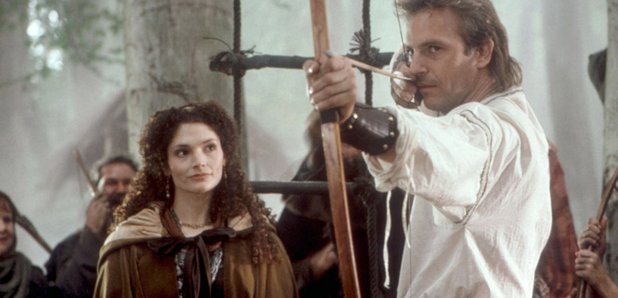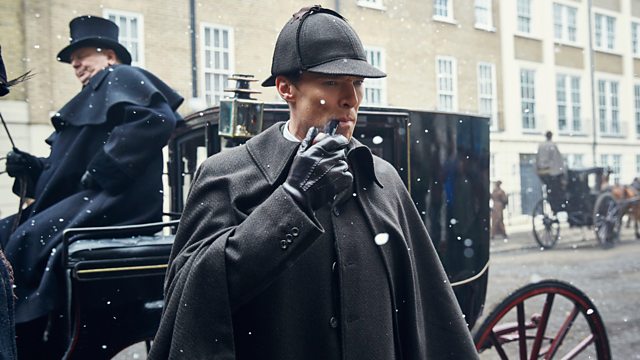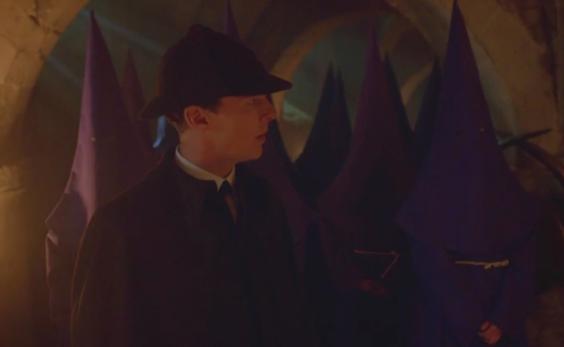So here’s the thing. It’s 60 years since Gerald Durrell’s ‘My Family and Other Animals’ was first published. If you’ve ever read Durrell, you’ll know he is proper LOL funny. So when I heard that it was being made into a TV series, I had high hopes.
This is actually the third time that this family story has been captured on camera. It was first unleashed on the public in 1987, when Spiro was played by Brian Blessed.

More recently it was shown by the BBC in 2005 as a TV movie, where Spiro was played by Omid DJalili.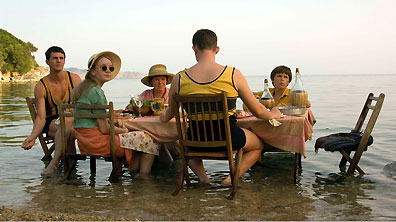
Now it’s being made again, by ITV, and this time I’ve never heard of the guy playing Spiro.
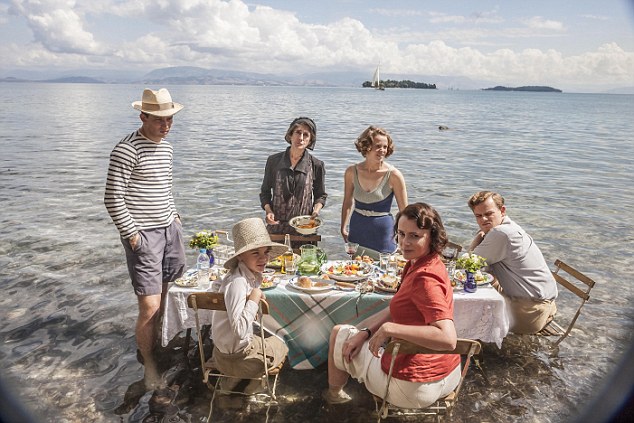
Is it any good? You might have to wait for a verdict there. But it certainly isn’t as fun as the original book. This is a story that has been told so any times in recent memory that without a fresh angle, there would be no need.
So the fresh angle ITV hit on was to take the viewpoint away from playful young Gerry, and transfer it largely to his worry-struck mother. Suddenly what had seemed charmingly chaotic turned sadistic and terrifying. This might have been over-egging the drama; ratcheting up the tension in order to improve the payoff. But the problem there is that, when this is a TV series about a family’s everyday lives, constant tension is just too much.
The books I read were funny. And even some incidents which could be played for laughs (one brother locks another in a bat-infested toilet) are just dark here. Parallels could be drawn to Batman V Superman. Both just miss the intended audience by removing all the fun.
